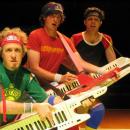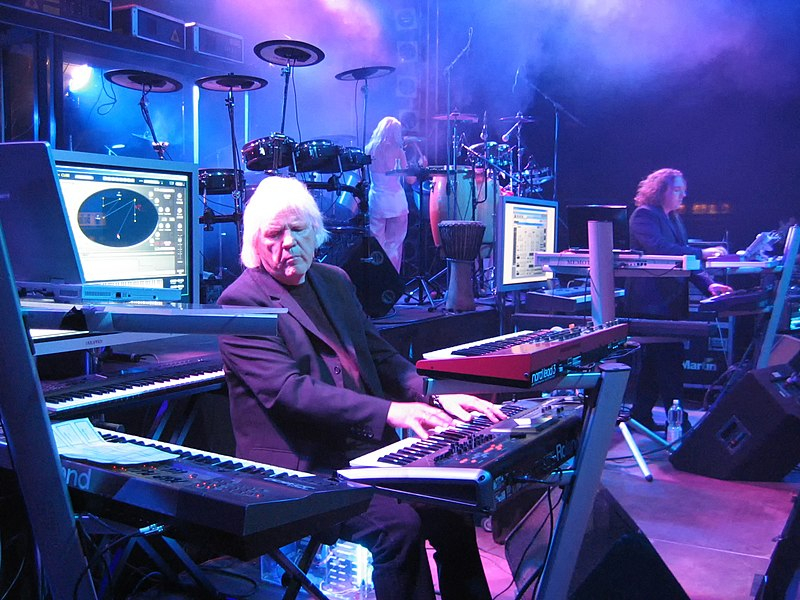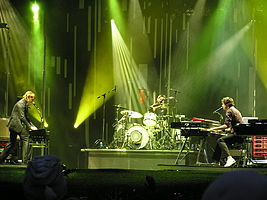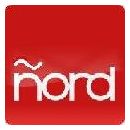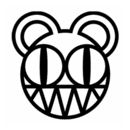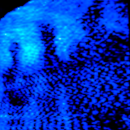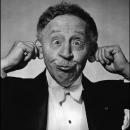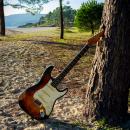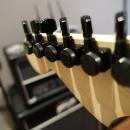[ Imagen no disponible ]
POLYPHONY
20 voices. 4 part multitimbral.
SPECIAL FEATURES
Velocity Morphing: each function, controlled by a knob, can be controlled to respond to keyboard velocity. Wheel Morphing: each function, controlled by a knob, can also be controlled by the Modulation Wheel/Control Pedal to continuously fade between two sets of values.
Performance controllers
4 octave velocity sensitive keyboard with octave shift buttons (+/-2 oct.)
Keyboard Split, two sections.
Modulation Wheel
Pitch Stick (with no dead zone at zero crossing)
1 pedal input for sustain
1 for expression pedal. Patent pending for the Pitch Stick.
User interface
3 digit display, 26 knobs and 27 buttons for program editing.
Oscillator section
OSC 1 generating sine, triangle, sawtooth or pulse with adjustable width, waveforms. OSC 2 generating triangle, sawtooth or pulse (with adjustable width) waveforms and can also generate noise with a color control. OSC 2 can be hard-synched to OSC 1.
Linear deep frequency modulation of osc 1 from osc 2. A wide range of new waveforms with a strong formant character is achieved with the new synchable noise, where noise can be synched to OSC 1.
Filter section
12 dB (2-pole) low pass, 24 dB (4-pole) low pass, band pass or high pass and notch with 12dB low pass. Cut off, resonance, envelope amount, envelope amount controlled by velocity. ADSR envelope. Filter keyboard tracking can be set to full, half or off. Filter distortion.
Amplifier section
ADSR envelope, gain control.
Modulation section
LFO 1 generating triangle, saw, pulse, LF filtered noise and random staircase routed to OSC1+2, OSC 2, filter, pulse-width and FM amount.
LFO 2 produces a triangle waveform, routed to OSC 1 and 2 or amplifier. It also controls the rate for the arpeggiator. Arpeggiator: Range: 1 - 4 octave. Modes: up, down, up/down, random. Hold function. Echo can be set between 1 to 8 repeats. Modulation envelope (attack, decay) for OSC 2 pitch, FM amount and pulse width.
Performance section
Play mode: Poly, legato, mono, unison mono, unison poly. Manual mode. Four program slots for layering possibilities. Portamento/auto portamento.
Percussion kits
10 “analog” drum kits. Each percussion kit consists of 8 independent sounds, configurated in 8 zones across the keyboard.
Memory
Programs (single sounds): 297 (3 x 99) user, 693 (7 x 99) factory.
Performances (multi sounds): 100 user, 300 (3 x 100) factory.
Percussion kits (multi zone sounds): 30 (3 x 10) user, 70 (7 x 10) factory.
Audio Out
4 outputs. Each slot has its own output. Modes: stereo, mono and multi-timbral mode. Headphones out. High resolution low noise 24 bit DACs.
MIDI features
All control knobs and switches for program editing send and receive control change messages. System exclusive bulk dumps. One program or all programs. MIDI clock synchronizing LFO 1 and LFO 2/arpeggiator restart. Triggering of the filter and amplifier envelopes and velocity control from separate programmable MIDI channel and note numbers.
Dimensions
865(W) 265(D) 105(H) mm. Weight 5.3 kg.
POLYPHONY
20 voices. 4 part multitimbral.
SPECIAL FEATURES
Velocity Morphing: each function, controlled by a knob, can be controlled to respond to keyboard velocity. Wheel Morphing: each function, controlled by a knob, can also be controlled by the Modulation Wheel/Control Pedal to continuously fade between two sets of values.
Performance controllers
4 octave velocity sensitive keyboard with octave shift buttons (+/-2 oct.)
Keyboard Split, two sections.
Modulation Wheel
Pitch Stick (with no dead zone at zero crossing)
1 pedal input for sustain
1 for expression pedal. Patent pending for the Pitch Stick.
User interface
3 digit display, 26 knobs and 27 buttons for program editing.
Oscillator section
OSC 1 generating sine, triangle, sawtooth or pulse with adjustable width, waveforms. OSC 2 generating triangle, sawtooth or pulse (with adjustable width) waveforms and can also generate noise with a color control. OSC 2 can be hard-synched to OSC 1.
Linear deep frequency modulation of osc 1 from osc 2. A wide range of new waveforms with a strong formant character is achieved with the new synchable noise, where noise can be synched to OSC 1.
Filter section
12 dB (2-pole) low pass, 24 dB (4-pole) low pass, band pass or high pass and notch with 12dB low pass. Cut off, resonance, envelope amount, envelope amount controlled by velocity. ADSR envelope. Filter keyboard tracking can be set to full, half or off. Filter distortion.
Amplifier section
ADSR envelope, gain control.
Modulation section
LFO 1 generating triangle, saw, pulse, LF filtered noise and random staircase routed to OSC1+2, OSC 2, filter, pulse-width and FM amount.
LFO 2 produces a triangle waveform, routed to OSC 1 and 2 or amplifier. It also controls the rate for the arpeggiator. Arpeggiator: Range: 1 - 4 octave. Modes: up, down, up/down, random. Hold function. Echo can be set between 1 to 8 repeats. Modulation envelope (attack, decay) for OSC 2 pitch, FM amount and pulse width.
Performance section
Play mode: Poly, legato, mono, unison mono, unison poly. Manual mode. Four program slots for layering possibilities. Portamento/auto portamento.
Percussion kits
10 “analog” drum kits. Each percussion kit consists of 8 independent sounds, configurated in 8 zones across the keyboard.
Memory
Programs (single sounds): 297 (3 x 99) user, 693 (7 x 99) factory.
Performances (multi sounds): 100 user, 300 (3 x 100) factory.
Percussion kits (multi zone sounds): 30 (3 x 10) user, 70 (7 x 10) factory.
Audio Out
4 outputs. Each slot has its own output. Modes: stereo, mono and multi-timbral mode. Headphones out. High resolution low noise 24 bit DACs.
MIDI features
All control knobs and switches for program editing send and receive control change messages. System exclusive bulk dumps. One program or all programs. MIDI clock synchronizing LFO 1 and LFO 2/arpeggiator restart. Triggering of the filter and amplifier envelopes and velocity control from separate programmable MIDI channel and note numbers.
Dimensions
865(W) 265(D) 105(H) mm. Weight 5.3 kg.


